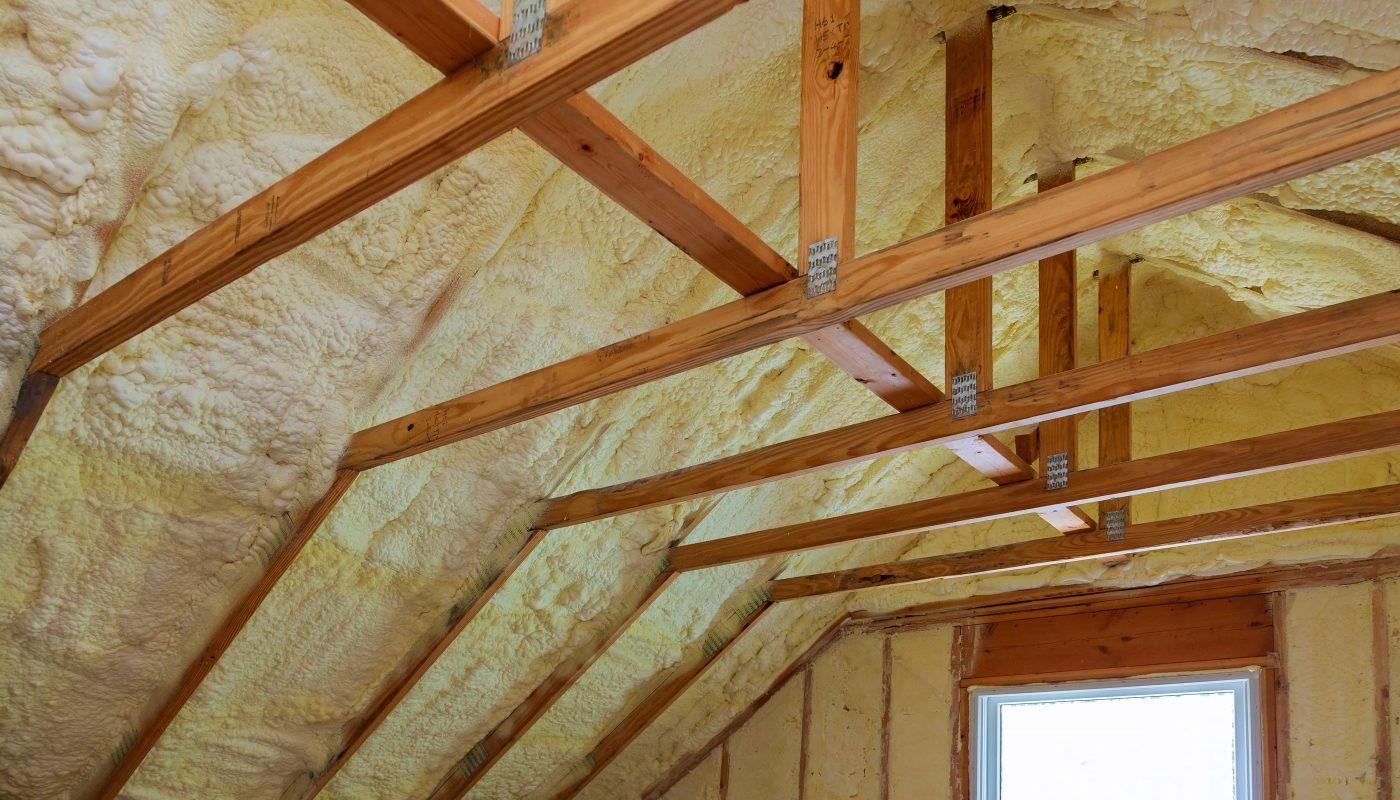
Home insulation is undoubtedly necessary to regulate your home’s temperature when required. Spray foam insulation is one of the many options that homeowners can choose to insulate their properties. Like any other option, this insulation choice has particular characteristics that you should consider before deciding to go with it. The following points are some of the advantages and disadvantages of spray foam insulation worth knowing.
Pros
- Seals cracks and crevices
Spray foam insulation expands into holes and cracks in your attics, walls, and crawl spaces. These leaks are among the most significant contributors to reduced energy efficiency around your home since they increase energy loss. Spray foam insulation is significantly less permeable to air movement than other insulation types, so your house remains warmer during winter and cooler during summer. Although you can add spray foam to existing walls, you’ll need to remove drywall before the foam can be installed. This task is typically messy, so consider hiring a professional home insulation expert for drywall removal and any dry lining needs afterwards.
- Deters mould contact and mildew build-up
The foam products used in spray foam insulation contain an inert polymer. This polymer isn’t a food source for mould, mildew or bacteria, even if it gets wet. Therefore, homeowners experience fewer pest troubles with this insulation type.
- Reduces your utility bills
Spray foam insulation helps you save significant cash on your home’s cooling and heating needs. Compared to other insulation options, you can save up to 30% on these utilities.
- Increases structural strength
Your home’s structural strength also receives a significant boost in strength and durability when you use spray foam insulation.
Cons
Expensive
According to contractors, using this insulation type is nearly thrice as costly as other insulation materials, mainly due to professional installation.
- Installation requires experience
A common issue that several installers report is that the product cures fast after you begin installing. As the material cures, it begins to fold over, creating unfilled areas that you may not see, so some installers may miss whole sections if they aren’t attentive enough.
- Shrinks often
As spray foam insulation ages, it can start shrinking. Consequently, this affects the insulative qualities it can provide. Homeowners commonly face this problem in regions with extreme temperatures. The only way to fix this is to install more spray foam or remove your old installation and replace it with something new.
Doesn’t always fill all cavities
Despite spray foam insulation’s reputation for filling cracks, it’s far from a magical solution to sealing all of your home’s tiny crevices. Gaps may sometimes occur in your floor, walls, and ceiling that the foam may not always reach as it’s expanding.
- Poses minor health risks and effects
Many of the risks associated with spray foam installation involve installers only. Chemical compounds present in these products can irritate the eyes, lungs, and stomach if you contact them. Also, long-term exposure can trigger chemical bronchitis and asthma attacks if you don’t wear the proper protective gear during installation.





